- the paper presents a Geometric glint anti-aliasing method that is compatible with LEAN mapping
- this is archived by using mipmapping on the tabulated slope distribution function (SDF) of the microfacet BRDF
- a slope correlation coefficient is additionally introduced to make it compatible with normal mapping
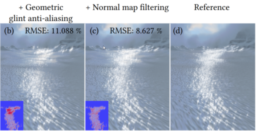
- the article provides an overview of the first steps required to implement screen space reflection into an OpenGL based renderer
- shows what artifacts can be expected and what the author tried to improve but didn’t work out
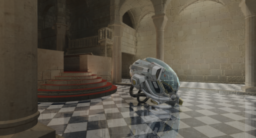
Deep Silver Dambuster Studios is looking for a Rendering Programmer to join our Engineering Department to work on our high-end graphics pipeline.
You will be contributing towards the development of the upcoming AAA title, Dead Island, using Unreal engine.
For this role, we are looking for a regular level programmer (two years’ experience) or a very strong graduate with relevant qualifications and interests.
Experience with DXR and compute are a must, as you will be heavily involved in raising our visual bar on high-end platforms using the latest rendering technologies.

- the article provides an introduction to Compressive Sensing
- presents the basis of the underlying theory that allows the reconstruction from a limited set of data point
- explains the fundamentals of the frequency domain
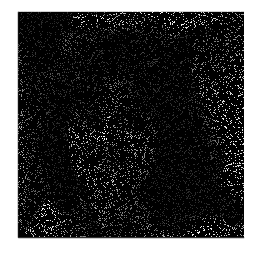
- the article describes provides a brief overview of AutoHDR
- the feature allows SDR games to be transformed to HDR transparently to the underlying game
- additionally shows how to enable a split-screen feature that will render the game with SDR one half and HDR for the other
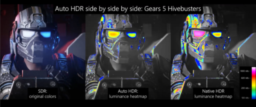
- the video tutorial shows how to change grass to cast shadows using Unity
- this presents how to generate double-sided grass geometry and output depth in the shadow pass
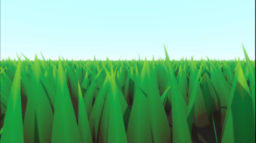
- the blog post describes how blue noise can help to improve converge of ray tracing results
- explains how to transform white noise into blue noise using a compute shader (code provided)
- presents the limitations of the presented solution
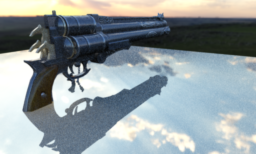
- the tutorial aimed at Unity beginners explained how shaders are set up and structured
- additionally provides a brief look at visual shader creation experience in Unity and Unreal Engine
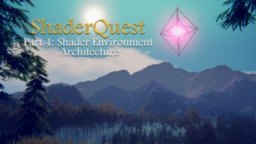
- the article series provides information about the role of color in data visualization
- shows what kind of scales exits, how different colors should be used and how the way data is presented provides a further understanding of the underlying data
- covers color scales, qualitative, quantitative, sequential, diverging as well as classed and unclassed scales
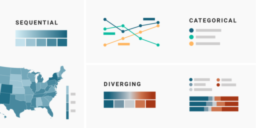
- the article presents how soft shading for foliage was implemented
- using a combination of spherical normal generation and gradient remapping
- additionally covers how to add wind to the tree
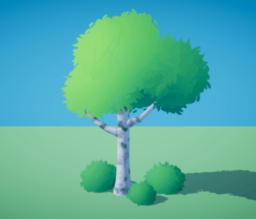
- the paper presents a novel approach to screen space ambient occlusion that accounts for occluded geometry through the use of a stochastic depth map
- Stochastic-Depth map is created through a global random that will discard pixels based on a tweakable cutoff value and store the results into separate samples per pixel
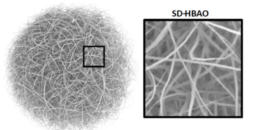
Thanks to Stephen Hill for support of this series.
Would you like to see your name here too? Become a Patreon of this series.
